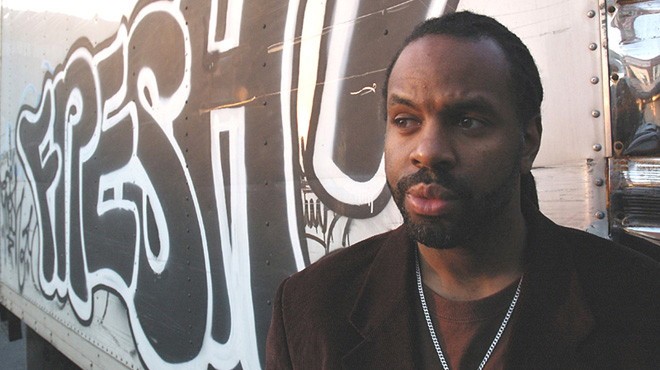Studying the meaning behind hip hop’s rhymes
Documentary illuminates the increase in misogyny, violence and tough talk in modern day hip hop music
This is a man’s world, this is a man’s world – James Brown
The Hardest Working Man in Show Business wrote this in 1966, long before hip hop was on the scene.
But it wouldn’t be a damn thing without a women’s touch – Yo-Yo
Female rapper Yo-Yo snarled this refrain on Ice Cube’s debut back in ’89, after he left N.W.A. It was the only time on that album that I, as a young fan of hip hop and rap music, saw that the woman stood up and was counted.
Yeah, I had heard N.W.A and the Geto Boys before that and bristled at their portrayal of violence in the streets and unabashed misogyny but brushed it off as a passing trend.
I was certain that good-time party jams and more “wholesome” tracks would continue to rise to the top of the charts and that this new gangsta style would not stick.
Two decades later, this passing fad has become the norm and the highest grossing style of music, perhaps, in the world right now.
No one can escape the brash jams of a 50 Cent or Nelly, whose lyrics often brag about female conquests, disrespecting other men as being “pussies,” and the “negotiation of violence – not just being violent but surviving the violence.”
Byron Hurt, former college all-star quarterback was targeted to develop a gender sensitivity program after graduating from college.
His studies led him to a program of anti-male-violence education and to question how hip hop lyrics not only mirror what is happening on the streets but also influences how young black youth act towards others – acting hard and keeping women in their place.
His film Hip-hop: Beyond Beats and Rhymes takes a hard look at misogyny, homo-eroticism, violence and the culture of male superiority, not only among black youth but also white, blue-collar kids (70 per cent of hip-hop purchases are made by this demographic).
He travels to Florida to interview attendees of Black Entertainment Television’s Spring Bling to find this culture of braggadocio and disrespect running wild.
He interviews rappers like Fat Joe, Talib Kweli, Busta Rhymes, Chuck D and Mos Def. He speaks with hip hop scholars and historians to get a big picture of how this plays out in the mainstream and how it apes the historical precedent set by white slave owners and the institution of violence towards the black community.
The editing is great and he leads us down a path that is quite obvious from a long-time hip hop head’s point of view, but, I imagine Hurt’s audience is the younger rhymer.
Locals like The Lytics and Magnum K.I. probably struggle with going down the path of keeping it real without going “gangsta,” following a lead set down by positive Native Tongues Posse.
What it comes down to be is that the industry doesn’t want to support “righteous” music – they want a thug who spits about hangin’, bangin’ and slangin’. The film questions those standards that young rhymers are held to and challenges the stereotypes that are perpetuated by the industry that drives album sales.
A thorough study, but the only thing missing is a surprising lack of female input on the subject.
Published in Volume 65, Number 4 of The Uniter (September 23, 2010)








